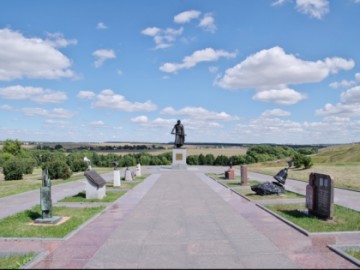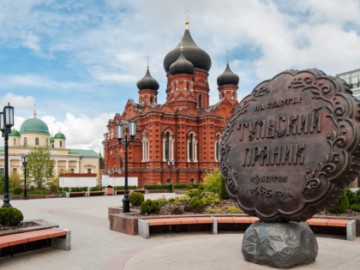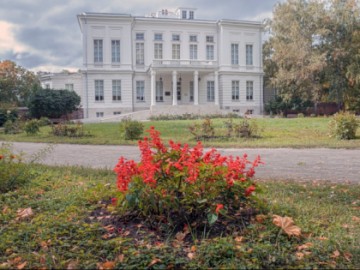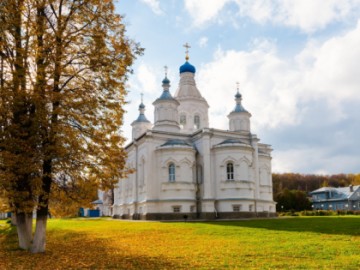Tula: to visit the samovars and gingerbread
Tula is one of those cities the name of which evokes stable associations-symbols in the memory. In this case, these are printed gingerbread, samovars — once a very important attribute of tea drinking in Russia and, of course, weapons. But not only this is the glory of Tula, and not only this makes it popular among tourists. One visits the city to see Yasnaya Polyana — the estate of the great Russian writer Leo Tolstoy, as well as to touch the history of the battle of the XIV century happened at the Kulikovo Field.
Отели города Tula
See all
Restaurants
All sights in TulaSee all
Places of interest in Tula

Tula Kremlin
Architectural Monuments • Museums and Exhibitions • Castles, Fortresses and Palaces

Yasnaya Polyana Museum-Estate
Museums and Exhibitions

Polenovo estate
Museums and Exhibitions • Other places

Museum-Preserve "The Kulikovo Field"
Museums and Exhibitions • Other places

Lenin Square
Other places

Tula State Museum of Weapons
Museums and Exhibitions

Bobrinsky Estate
Museums and Exhibitions

Shheglovskiy Monastery
Temples and places of worship • Abbeys and Monasteries • Other places





 Castles, Fortresses and Palaces
Castles, Fortresses and Palaces
 Museums and Exhibitions
Museums and Exhibitions
 Other places
Other places
 Architectural Monuments
Architectural Monuments
 Temples and places of worship
Temples and places of worship
